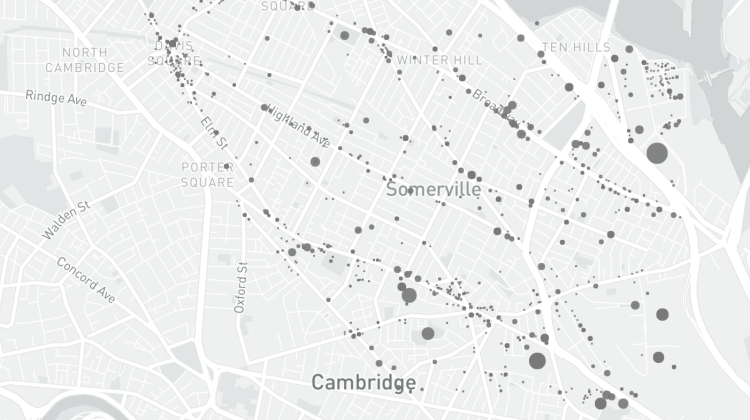While there has been much speculation on how the pandemic has affected work location patterns and home location choices, there is sparse evidence regarding the impacts that COVID-19 has had on amenity visits in American cities, which typically constitute over half of all urban trips. Using aggregate app-based GPS positioning data from smartphone users, this study traces the changes in amenity visits in Somerville, MA from January 2019 to December 2020, describing how visits to particular types of amenities have changed as a result of business closures during the public health emergency. Has the pandemic fundamentally shifted amenity-oriented travel behavior or is consumer behavior returning to pre-pandemic trends? To address this question, we calibrate discrete choice models that are suited to Census block-group level analysis for each of the 24 months in a two-year period, and use them to analyze how visitors' behavioral responses to various attributes of amenity clusters have shifted during different phases of the pandemic. Our findings suggest that in the first few months of the pandemic, amenity-visiting preferences significantly diverged from expected patterns. Even though overall trip volumes remained far below normal levels throughout the remainder of the year, preferences towards specific cluster attributes mostly returned to expected levels by September 2020. We also construct two scenarios to explore the implications of another shutdown and a full reopening, based on November 2020 consumer behavior. While government restrictions have played an important role in reducing visits to amenity clusters, our results imply that cautionary consumer behavior has played an important role as well, suggesting a likely long and slow path to economic recovery. By drawing on mobile phone location data and behavioral modeling, this paper offers timely insights to help decision-makers understand how this unprecedented health emergency is affecting amenity-related trips and where the greatest needs for intervention and support may exist.
https://doi.org/10.1371/journal.pone.0252794



